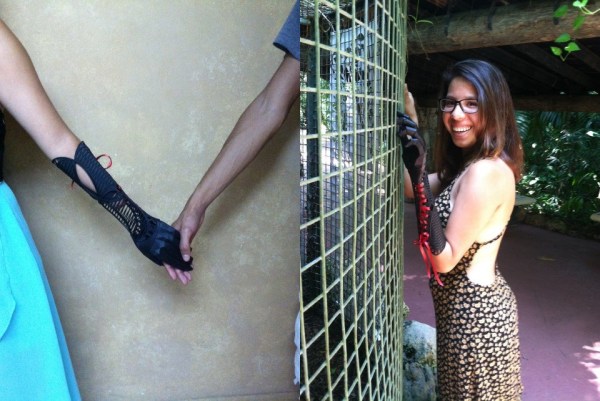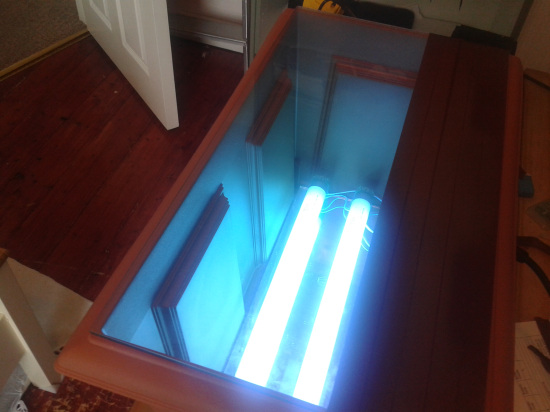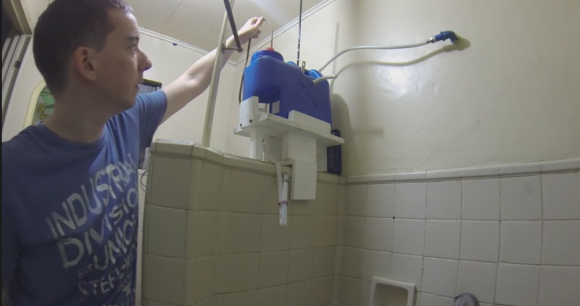
Do you miss your Mac Classic? Well if you’re looking for a fun little project, why not build yourself a Mini Mac Pi that emulates Mac OS 7?
It’s a fairly simple project that makes use of the Raspberry Pi B, a 320×240 2.8″ touchscreen LCD (the PiTFT), a lithium-ion battery, a buck-boost circuit and of course, a power switch. The cute enclosure is made by 3D printing, and all the files are available on Thingiverse — they’ve been sliced up in a way that they will be printable on most consumer printer bed sizes.
Once everything is assembled, you’ll need to run Mini vMac alongside Raspbian in order to run Mac OS 7. There are a few caveats though — The original resolution is 512×342, so there’s a bit of screen clipping that occurs. There’s also minor application support, but for the purpose of nostalgia, we think the included selection is more than enough to satisfy most memories.
Continue reading “Make Your Own Mac Pi For Some Desktop Nostalgia”
















